Le zoo pas ordinaire de Georgette and Hubert (Georgette and Hubert's Not-So-Ordinary Zoo)Hubert Bastouil (b. 1932)
Extant
Route Ancienne 113, Saint-Martin-Lalande, Languedoc-Roussillon, 11400, France
About the Artist/Site
Hubert Bastouil was born in the 1930s on his parents’ farm, located in the community of Saint Martin Lalande, near Castelnaudary in the south of France. At age fourteen he began working as a farmhand, helping to cultivate such crops as beans, wheat, and beets, but since he didn't earn much money in this job, he worked for several years as a carpenter. At the age of forty he founded an ironwork company; he specialized in windows, and used around ten tons of iron each month.
Bastouil worked hard, more than fifteen hours a day, until health problems forced him to stop his activities. This didn’t pose a problem for the couple, however, because Georgette was familiar with the tasks of grinding, milling, and welding, so she assumed the management of the company until they both retired.
When visiting the zoo in Vincennes during a trip to Paris in the late 1990s, for the first time Hubert saw huge rocks made from concrete, and he discovered and understood how they would have been fabricated. Back home, he immediately created a rock by this method in order to decorate his garden. Then, to complement this structure, he began creating life-sized wild animals, using as models the pictures in the book "The Private Life of Animals," left behind in the house by his grandchildren. He built the shapes up with chicken wire infrastructures and then covered them with concrete.
The first animal, a type of mountain goat, stood rather clumsily on its feet, but as he continued to work on additional figures, Bastouil rapidly improved his technique, helped by Georgette, who didn't hesitate to put her hands in the mortar. And so gradually more and more realistic, bigger and bigger, and more and more numerous animals invaded their garden. Some reached close to six meters in height! Among these were giraffes, camels, elephants, horses, penguins, and on and on, until it became a complete zoo.
A large brick wall with polar bears and penguins delimits one side of the property.
Alongside, a corridor leads to a cave, where Bastouil has reconstructed scenes from everyday life in the early years of the nineteenth century, expressed in a somewhat anachronistic way, as they are created in a style that evokes the prehistoric paintings in the caves of Lascaux. When a visitor walks alongside, photoelectric cells activate an illumination that reveals the life-sized images.
A metal staircase leads to the top of the rock, where a cobra lounges on a concrete tree. From there one sees a man standing upright, made from iron, his arms crossed in such a way that with the slightest wind they should turn in all directions. However, Bastouil is unsatisfied with the result, as the arms do not as rotate easily as he would have liked. Besides this is another male figure with articulated limbs that sits on a vintage airplane (the first Airbus, according to Bastouil), and this one seems to please him more.
Finally one reaches the property perimeter, which is defended by a black panther and a fierce tiger. This seems to be a nice complement to the entrance to the site, where two huge lions sit on top of pillars along the road that leads to the house, and where, down the road, life-sized giraffes graze the highest branches of the trees and a Bedouin, seated on a camel, welcomes visitors.
And then, beyond, we discover the swimming pool, a small masterpiece. It is a large basin with a central island with a bench in the middle, all accessible via an iron bridge. In the middle of the island an overgrown tower supports four large nude women, created from wrought iron, which rotate as the visitor approaches. Dolphins leaping around the pool start spitting water and a waterfall in the rocks flows into the basin. In one corner, a finely crafted crocodile and faded pink flamingos wade in a pond. Other animals created from iron or concrete as well as Greek-inspired industrially manufactured figures are scattered all around, giving the whole an extremely unusual, if not improbable appearance.
Further on are additional giraffes, elephants, lions, and goats that cling to a rock, enhanced by two huge eggs, which Bastouil made after seeing the work of Catalan artist Salvador Dalí in northern Spain.
Georgette and Hubert's garden has the air of an amusement park and it is regularly visited by groups of local schoolchildren. They can climb on the back of some of the animals through steps in their flanks that were installed there for this purpose. Newlyweds from the region also come to the site to capture "the happiest day of their lives."
When one asks Bastouil if he sees himself as an artist, he says he regards himself solely as a retired man who is amusing himself and having fun.
~Jean-Louis Bigou
Translated from the French by Henk van Es
Map & Site Information
Route Ancienne 113
Saint-Martin-Lalande, Languedoc-Roussillon, 11400
fr
Latitude/Longitude: 43.30234 / 2.008
Nearby Environments


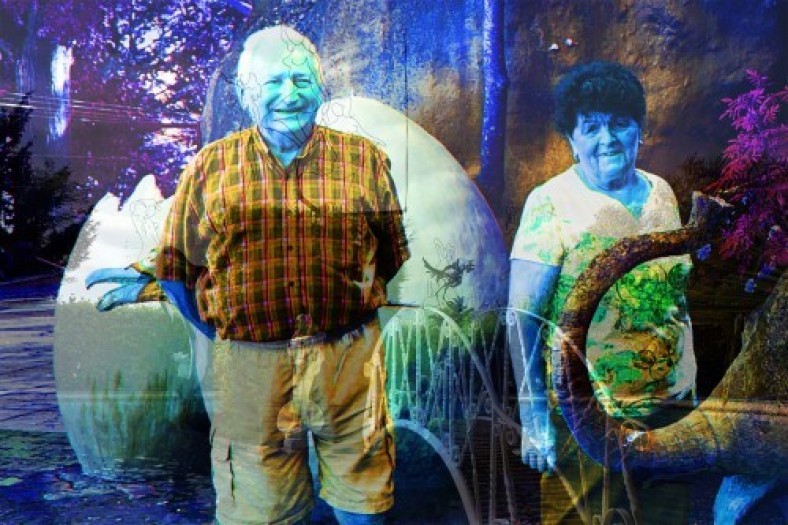

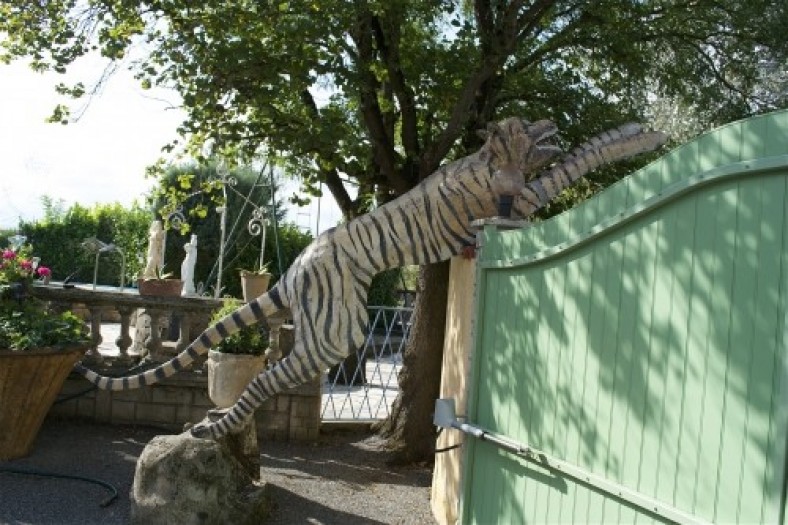
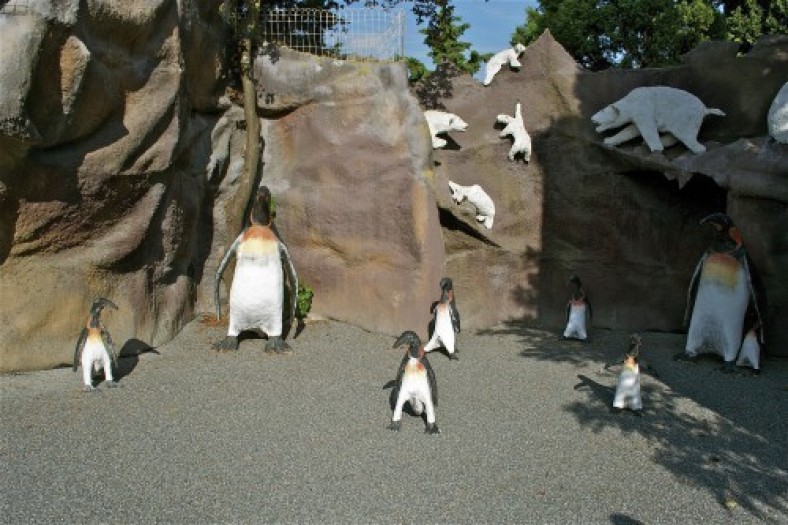
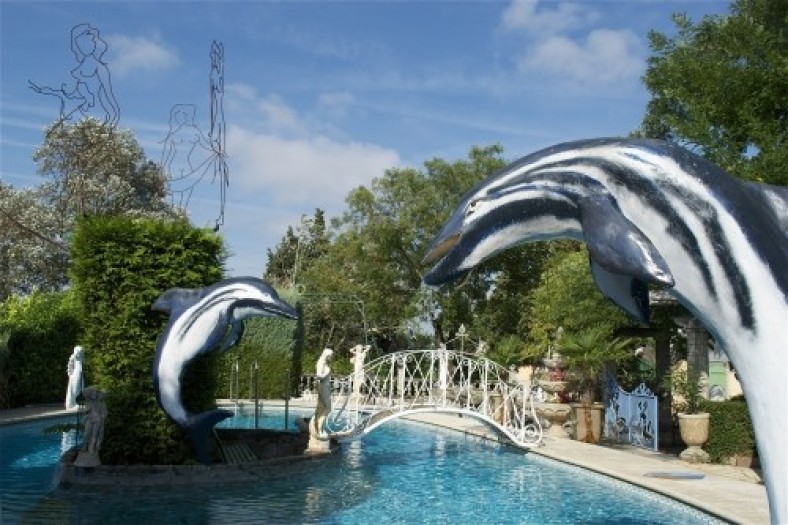
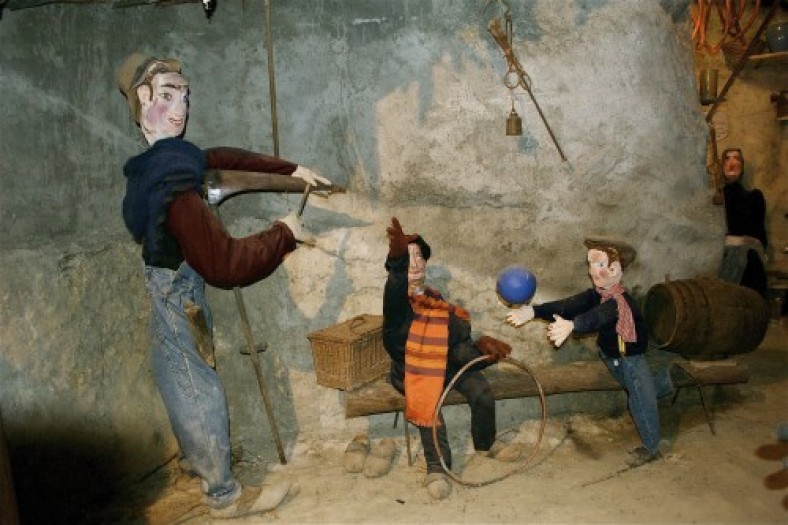
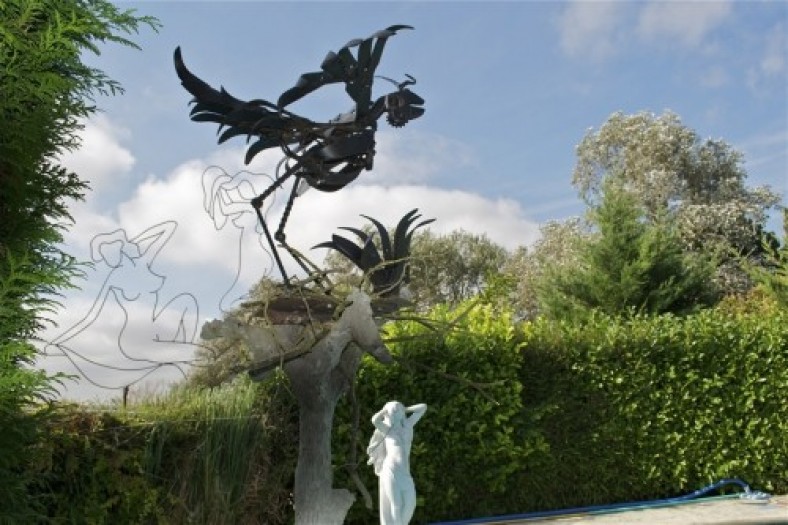
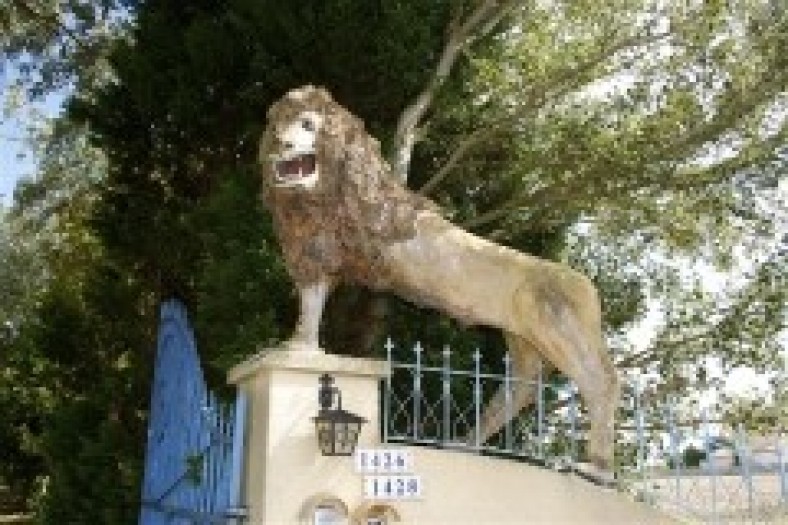
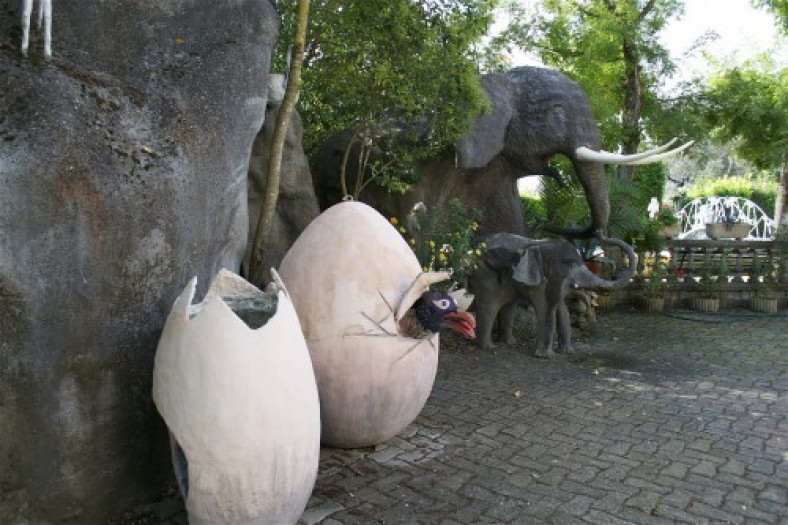
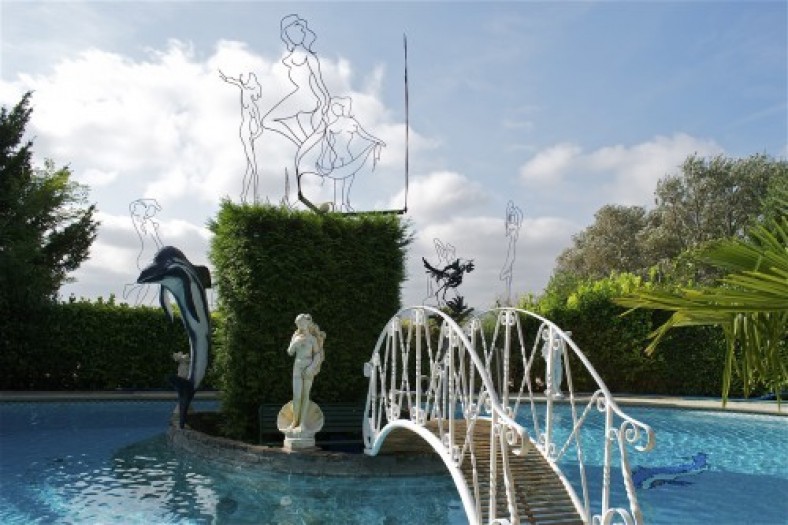
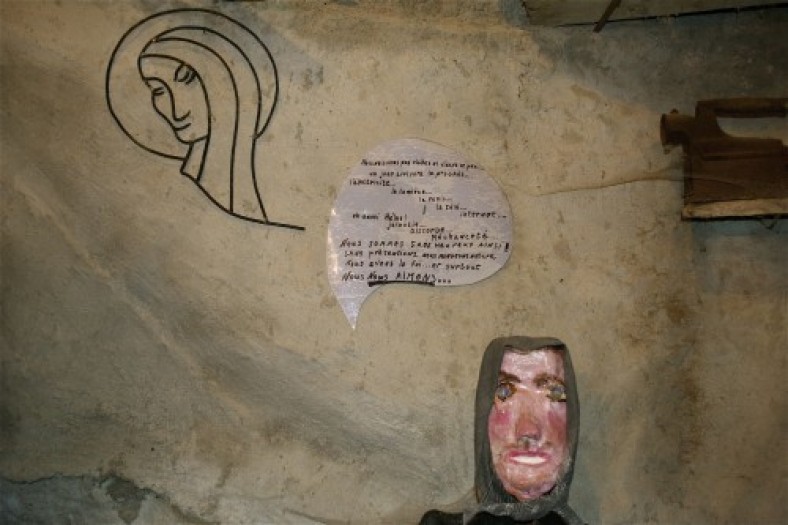
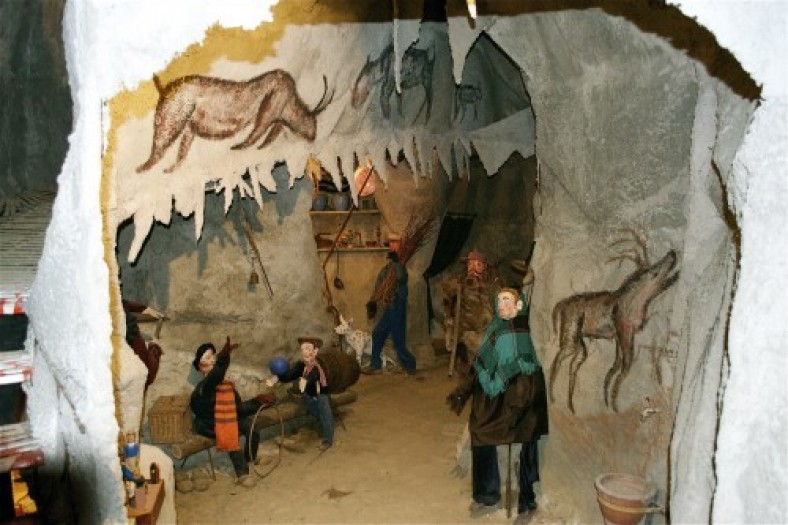
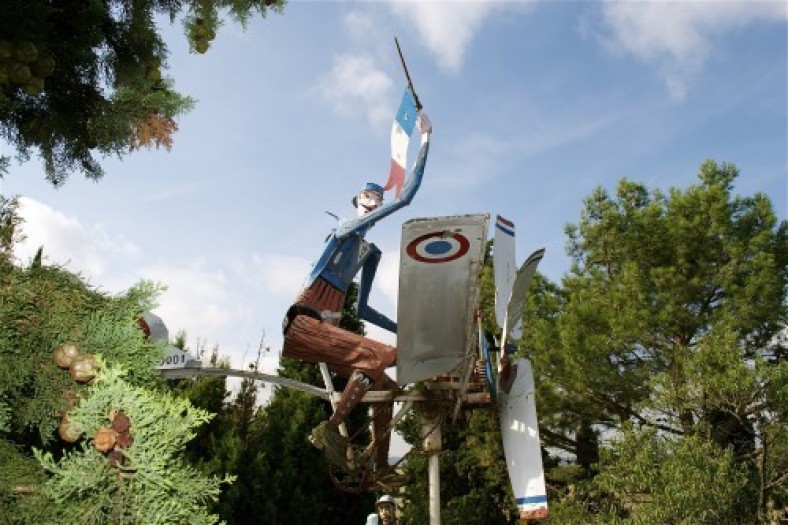
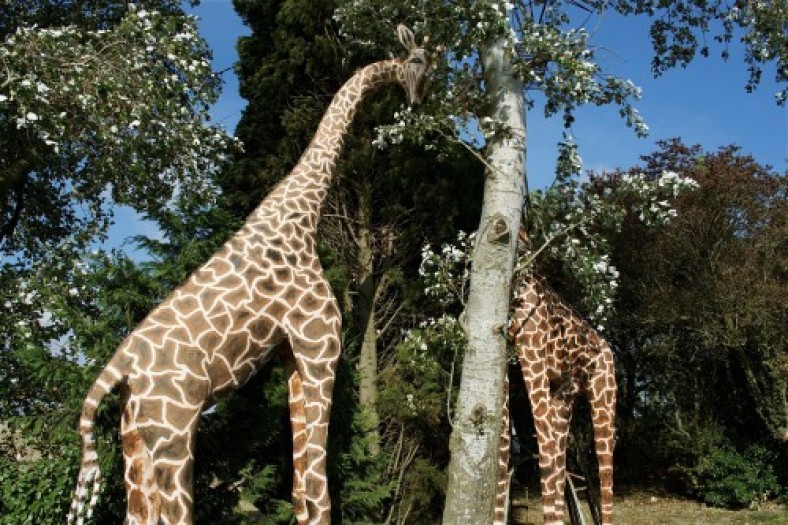
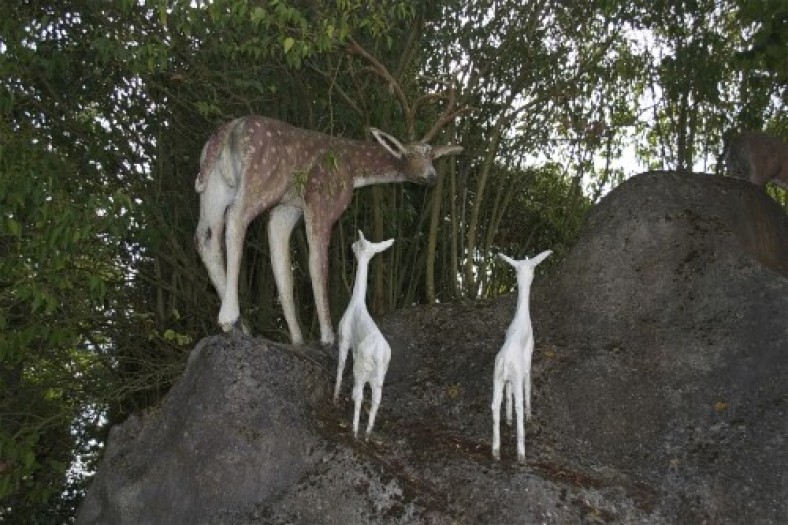
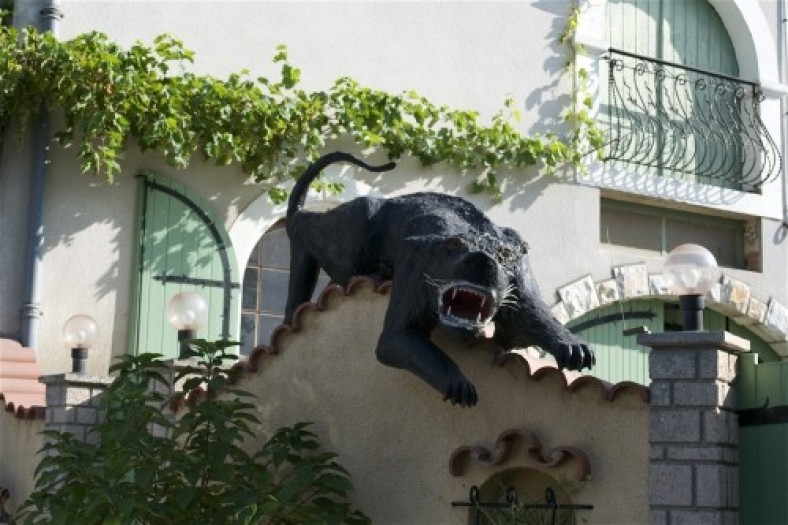
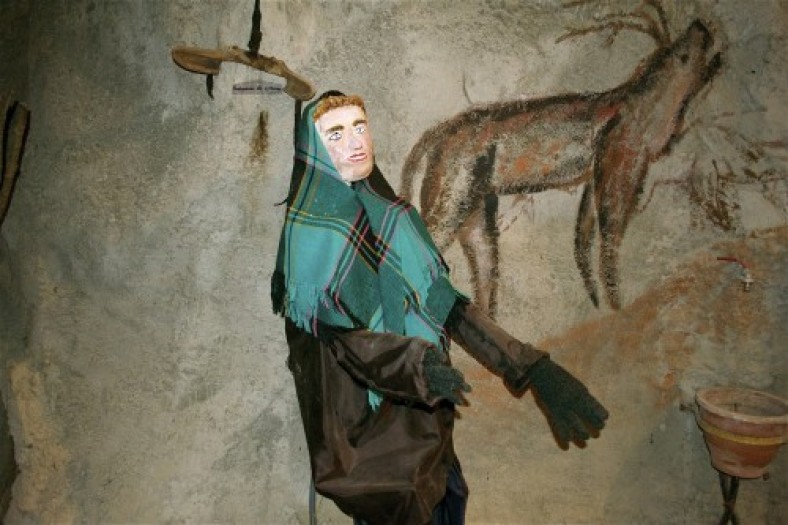
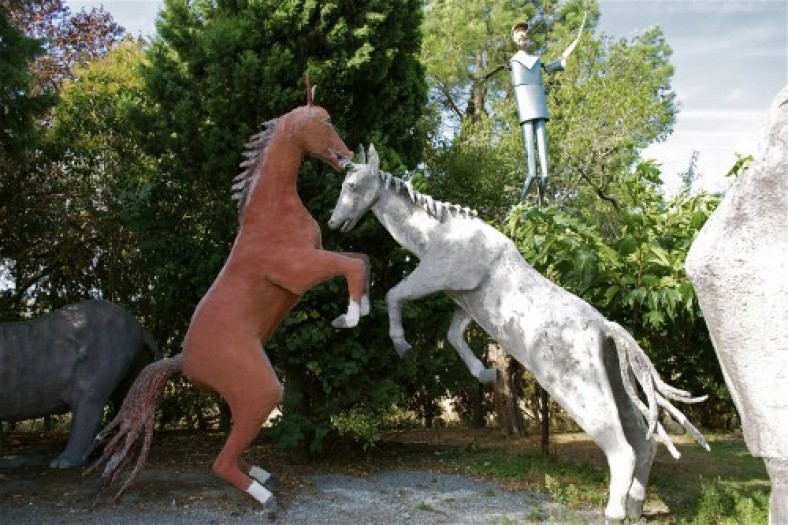
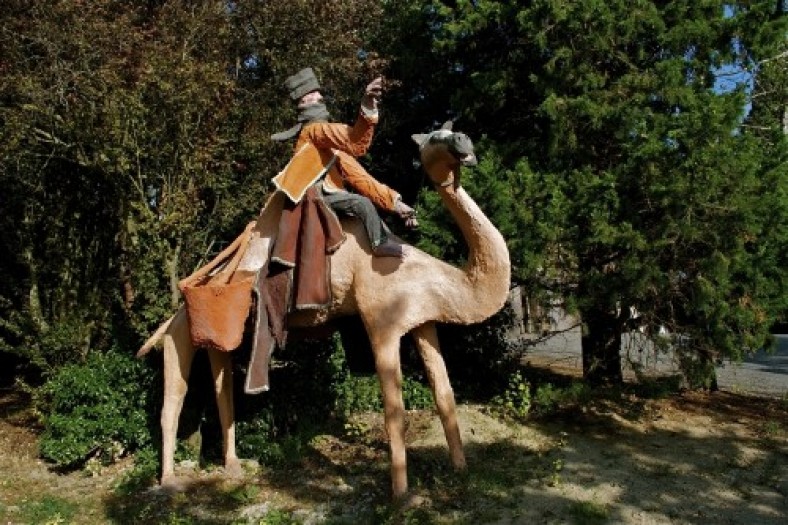
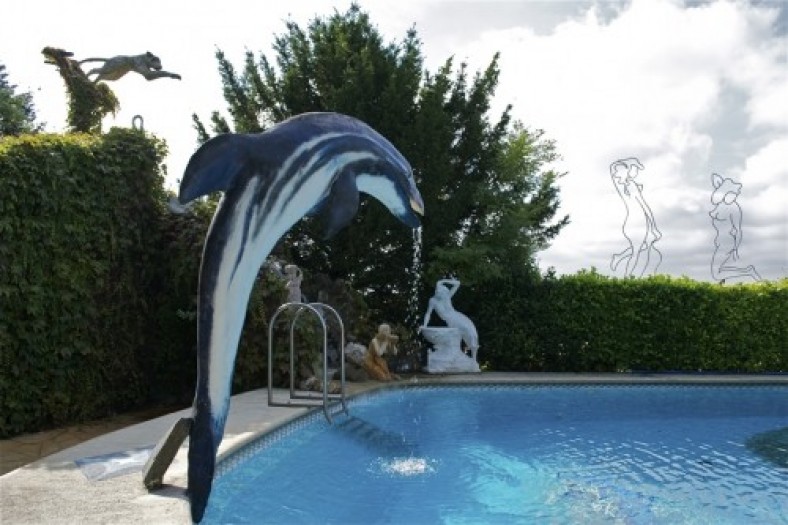
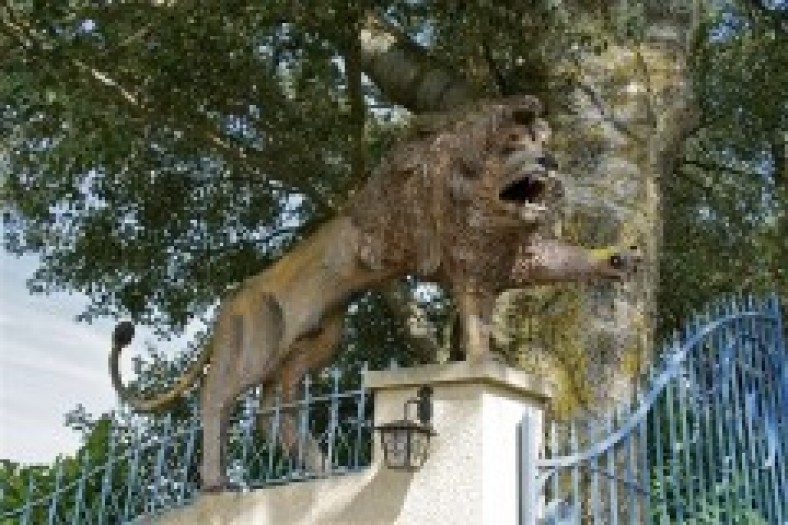
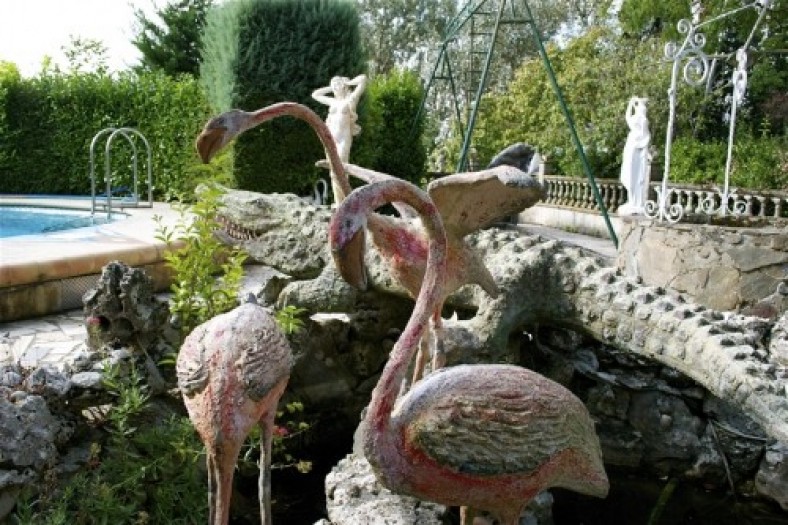
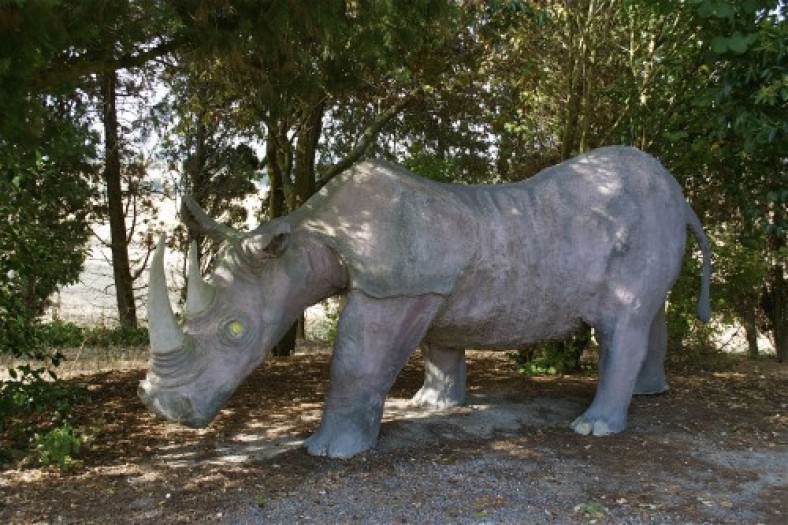
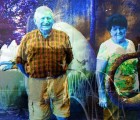
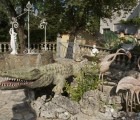
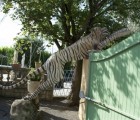
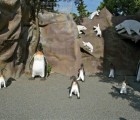
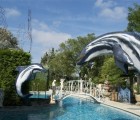
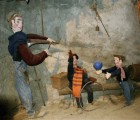
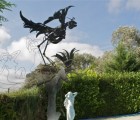
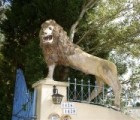
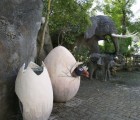
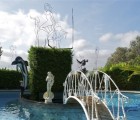
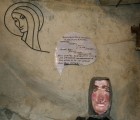
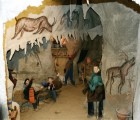
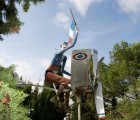
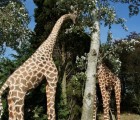

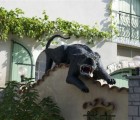
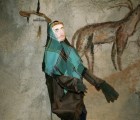
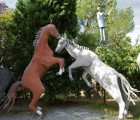
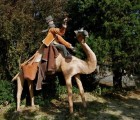
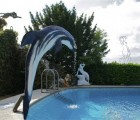
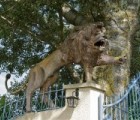
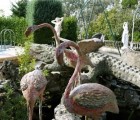
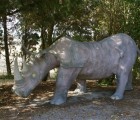

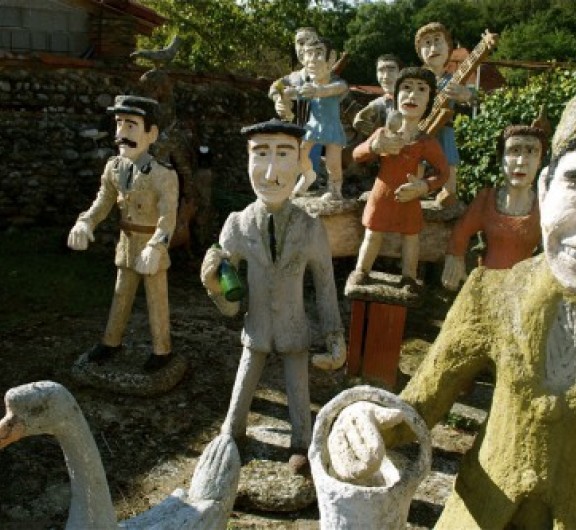
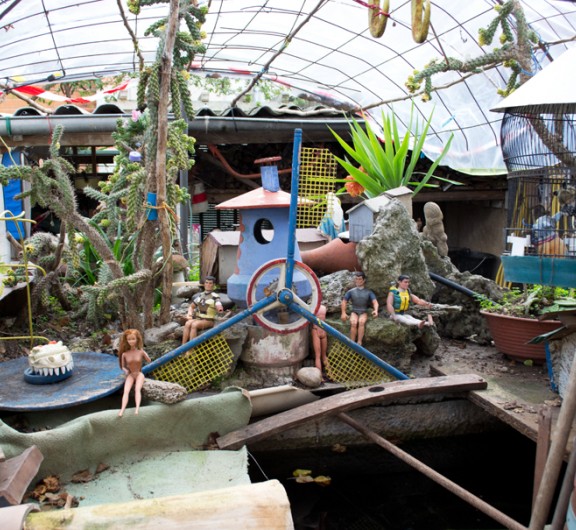
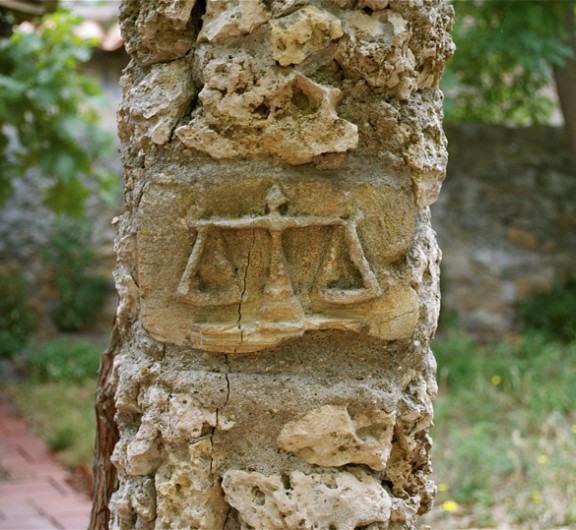
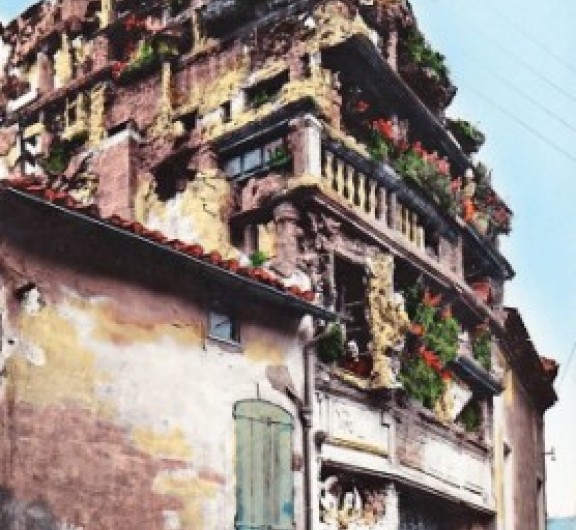

Post your comment
Comments
No one has commented on this page yet.